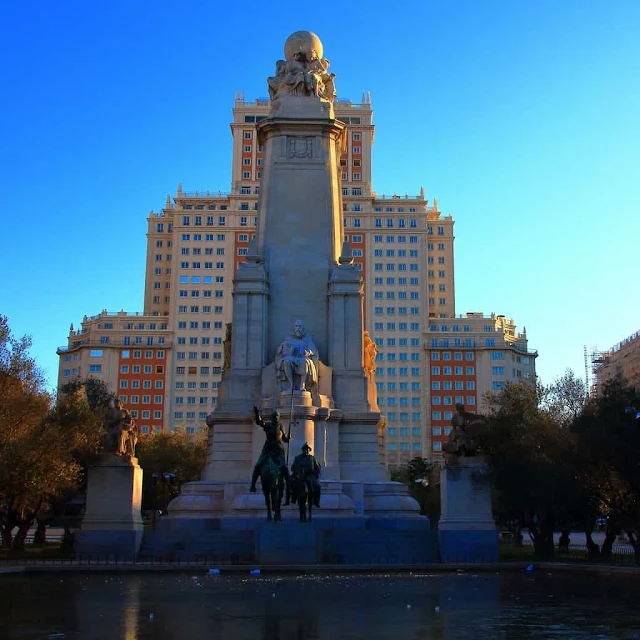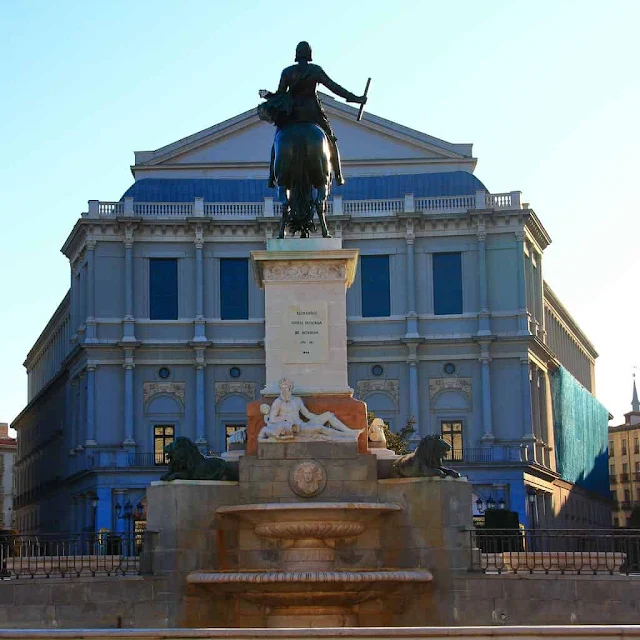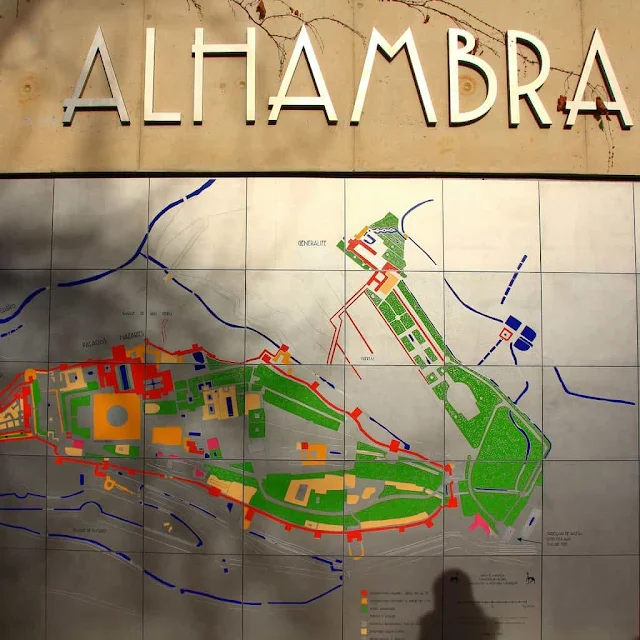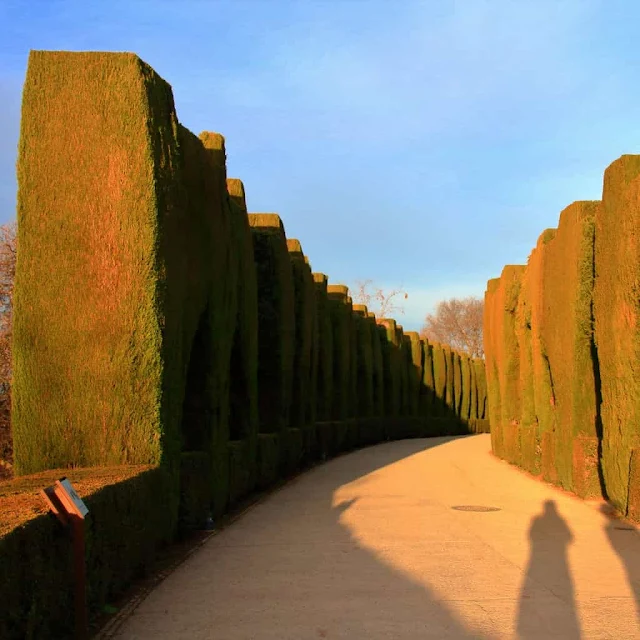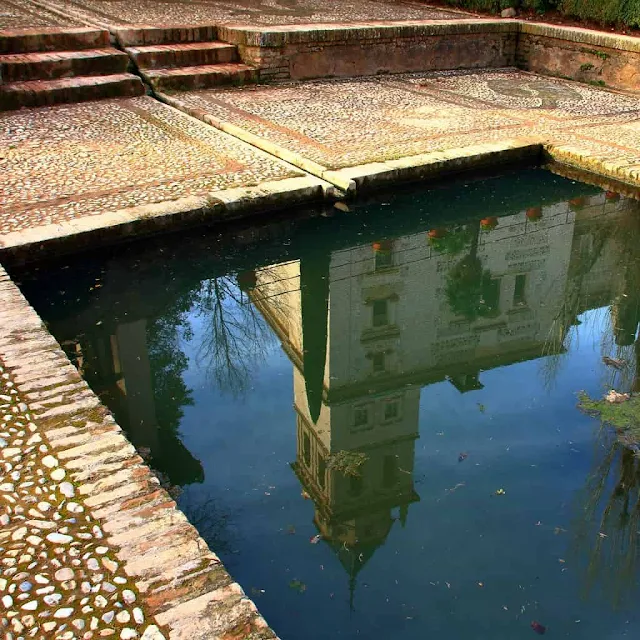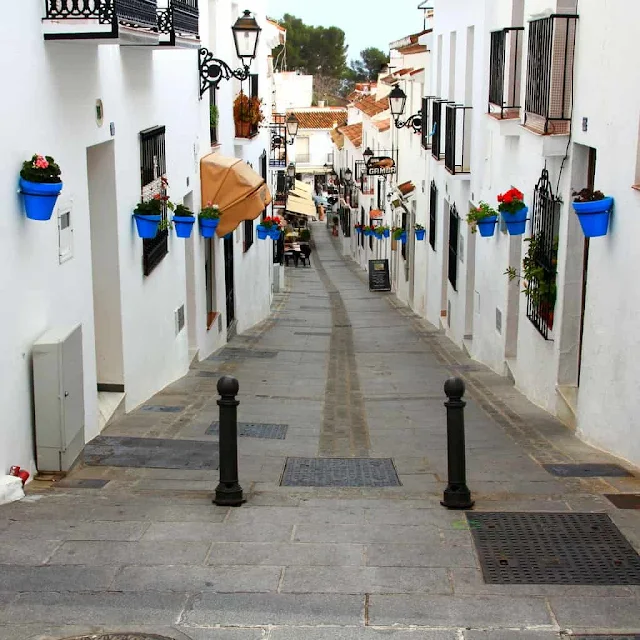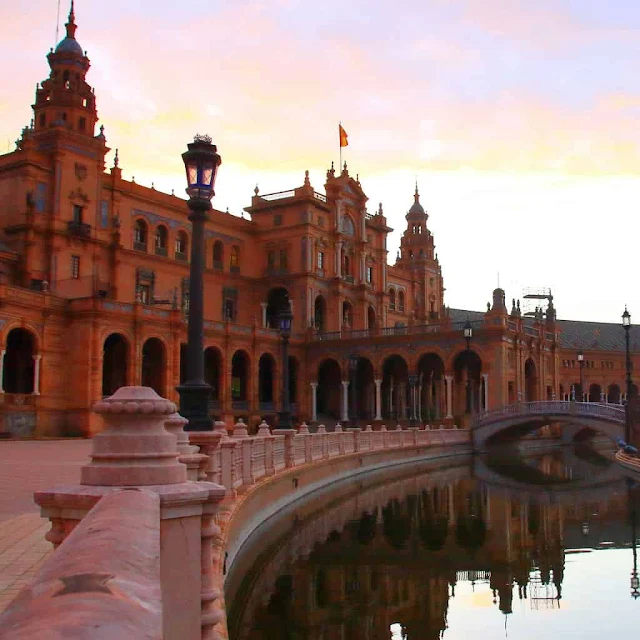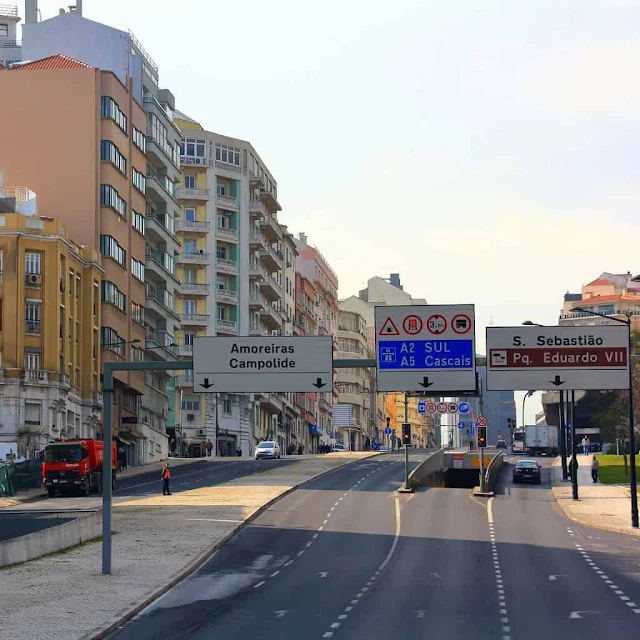Gaudí and Flamenco Cities: A 10-Day Trip to Spain and Lisbon
From February 5th to 14th, 2015, I embarked on a 10-day tour of Spain and Portugal (Lisbon). I flew with Lufthansa Airlines, with a layover in Munich.
The flight departed from Haneda Airport at 12:55 PM, with a flight time of approximately 12 hours and 5 minutes to Munich (Note: I used my JAL mileage for the flight from Itami Airport to Haneda).
The time difference between Japan and Munich/Barcelona is 8 hours.
Day 1
We departed from Haneda and arrived in Munich at 5:00 PM. After a brief layover, we took a flight at 7:15 PM and arrived in Barcelona at 9:20 PM, where we stayed overnight at a hotel.
Day 2
We left the hotel at 7:30 AM and headed for Montjuïc Hill, which offers a panoramic view of Barcelona. In February, the sun rises late in Barcelona, around 8:00 AM, and the morning temperature drops below 10°C. By the time we arrived at Montjuïc Hill, the sun had started to rise, casting beautiful light over the city and making the Sagrada Família stand out prominently.
We then headed to the Sagrada Família (Holy Family Church). Here is an excerpt from the pamphlet provided when purchasing our tickets:
"The Sagrada Família was consecrated as a basilica by Pope Benedict XVI on November 7, 2010, becoming a sacred place of worship. The foundation stone for this project was laid in 1882 under the design of the first architect, Francisco de Paula del Villar. Later, Antoni Gaudí took over the design, dedicating 43 years to making the cathedral more innovative and outstanding. The construction continues today, following Gaudí's original models. Once completed, the cathedral will be a place of worship capable of holding up to 8,000 people."
The interior of the Sagrada Família is overwhelming, with towering columns and high ceilings. The sculptures and stained glass are breathtaking. The best spot for photos of the entire cathedral is in the park in front of the building, especially in the evening when the cathedral is reflected in the pond, creating a stunning view.
Although I wanted to visit Gaudí's "Park Güell," it wasn't included in the itinerary. "Casa Milà" and "Casa Batlló" were seen from the bus. Afterward, we explored Barcelona's old town, visited the "Tarragona Aqueduct" in Tarragona, and then traveled to Valencia for an overnight stay.
Day 3
Today, we visited the UNESCO World Heritage Site "Cuenca," a fortress city famous for its "hanging houses," which are built precariously on the cliffs. There was a light dusting of snow, which added to the charm. After lunch, we made our way to Madrid, the capital of Spain.
In Madrid, we visited Plaza Callao, Plaza Mayor, and San Miguel Market, where we had some free time. The famous "Iberian ham" was available, and there were also "bars," which are similar to Japanese izakayas. We had dinner at one of these bars and stayed overnight in Madrid.
Day 4
In the morning, we toured Madrid's city center, visiting the exterior of the "Prado Museum" and the "Royal Palace." We also visited the "Museo Nacional Centro de Arte Reina Sofía," where we could take photos inside.
After lunch, we traveled about 70 km south to the historic city of Toledo, known for its medieval architecture. It is often said, "If you have only one day in Spain, go to Toledo." The panoramic view of Toledo from a scenic spot was absolutely breathtaking, and I captured the view with my wide-angle lens.Afterward, we returned to Madrid for an overnight stay.
Day 5
In the morning, we visited the windmills of La Mancha, about 130 km from Madrid. These windmills were originally used for grinding wheat and beans using wind power but are now preserved for tourism. We then traveled to Córdoba, where we visited the famous "Mezquita" (Great Mosque).
Afterward, we continued to Granada, home of the renowned "Alhambra Palace," where we stayed overnight. After dinner, we attended a flamenco show.
Day 6
In Granada, we visited the "Alhambra Palace," considered the finest example of Islamic architecture. It is also famous for inspiring the guitar piece "Recuerdos de la Alhambra" (Memories of the Alhambra).
We then visited "Mijas," a picturesque white village with flower-filled white walls and numerous craft shops. It is a popular destination, especially for women. While strolling through the town, I visited the "Mijas Contemporary Art Museum," which opened in November 2013. The museum, managed by the Medina Relief Foundation, features works by Picasso, Dalí, Georges Braque, Miró, and Japanese artist Tsuguharu Fujita.
We then traveled to Seville for an overnight stay.
【The Alhambra】
【Mijas】
Day 7
In Seville, we explored the Andalusian capital, a city known for its flamenco culture and stunning architecture. In the afternoon, we left Spain and entered Portugal, stopping at Évora before continuing on to Lisbon for the night.
Day 8
On the final day, we focused on Lisbon, the capital of Portugal. Our first stop was "Cabo da Roca," the westernmost point of mainland Europe. We then visited the "Jerónimos Monastery," where Vasco da Gama is buried, and took photos of his tomb.
Next, we visited the "Monument to the Discoveries" and the "Belém Tower," both iconic landmarks. Near the tower, there was a road featuring a map from the Age of Exploration, showing routes to Portugal, the Cape of Good Hope in South Africa, and Japan, which was quite surprising.
We ended our sightseeing with a stroll through Lisbon's old town, marking the end of our trip.
Return Journey
We departed from Lisbon at 12:20 PM, connecting through Frankfurt before heading back to Japan. We arrived in Frankfurt at 4:30 PM and took the flight back to Japan at 6:00 PM.

















